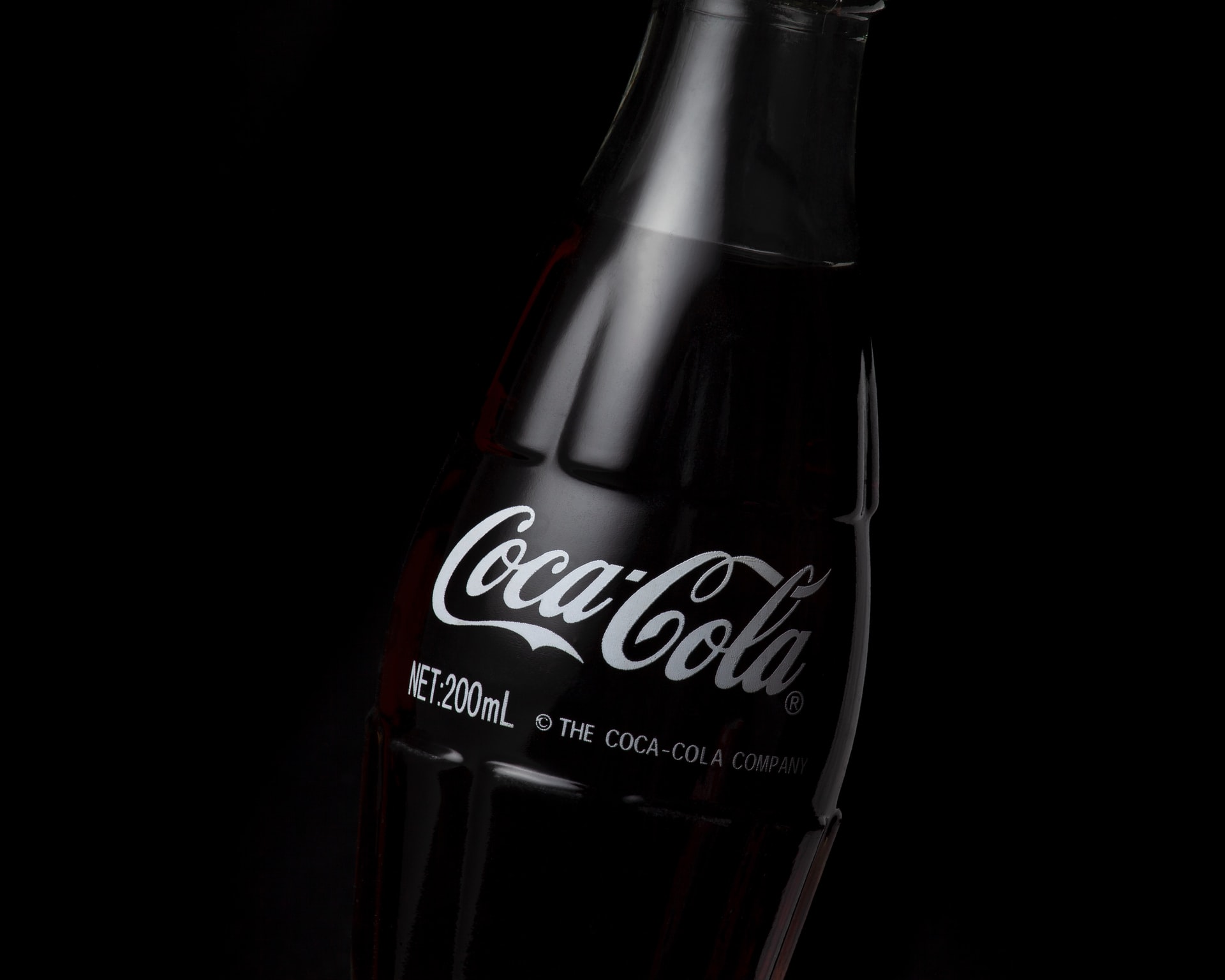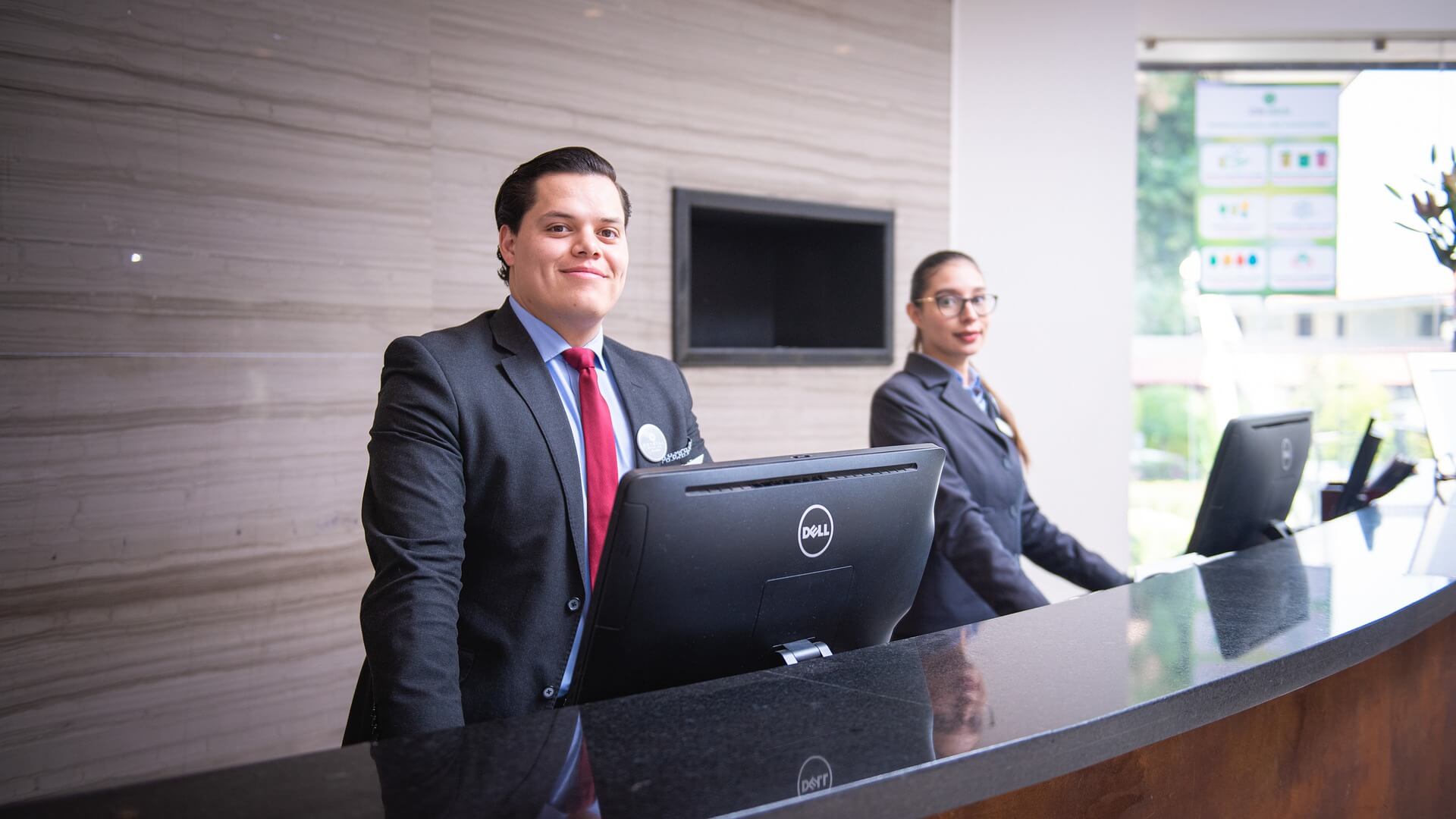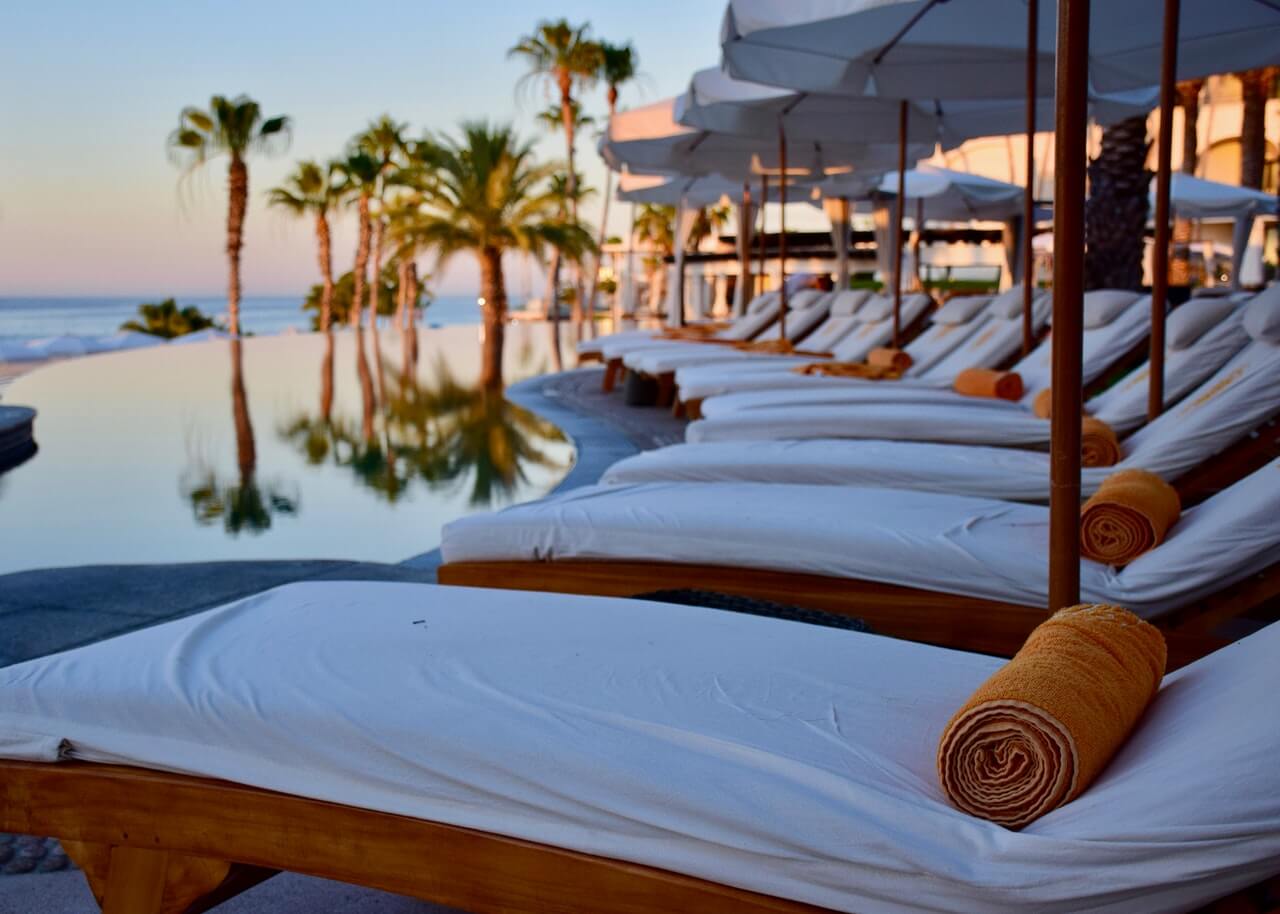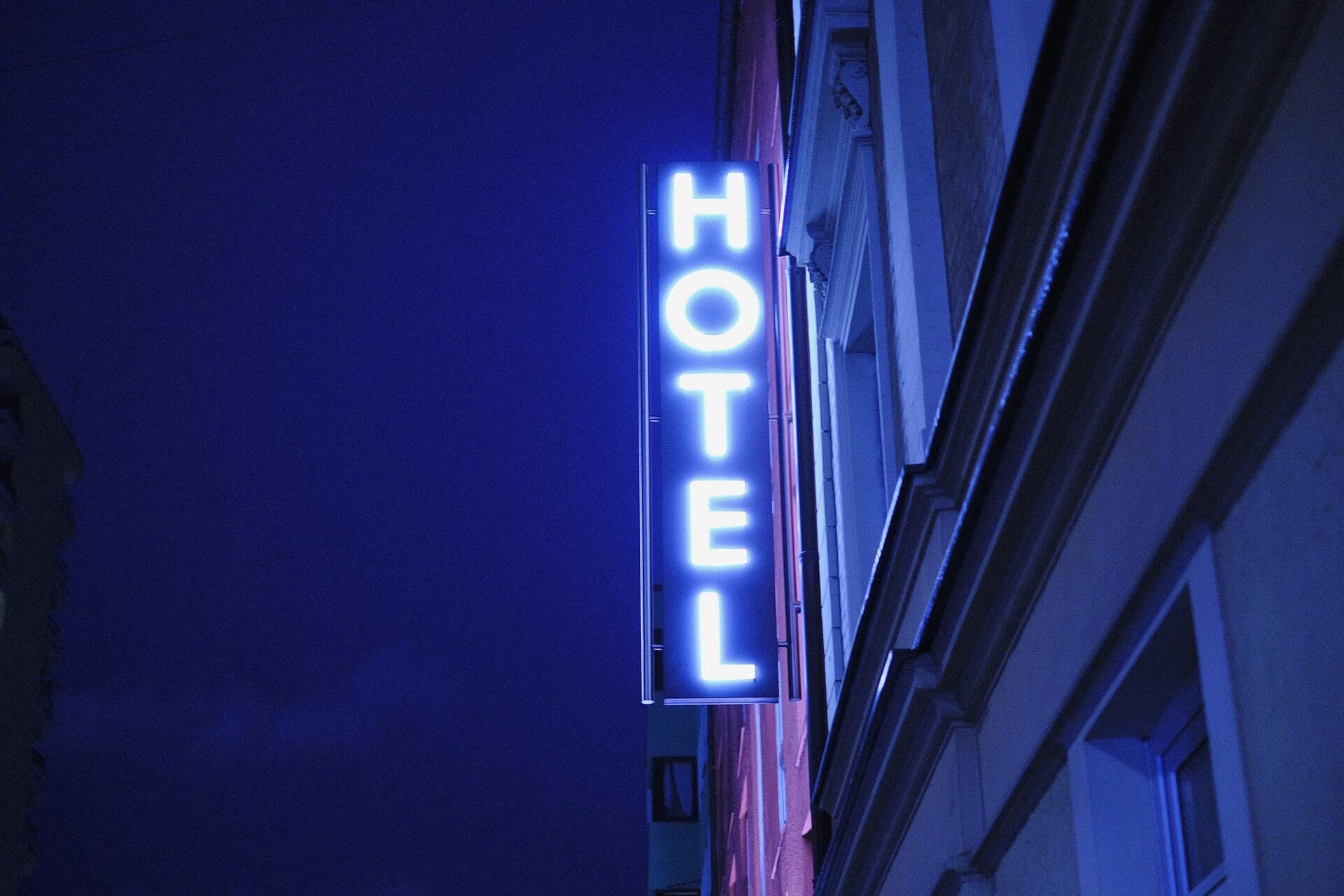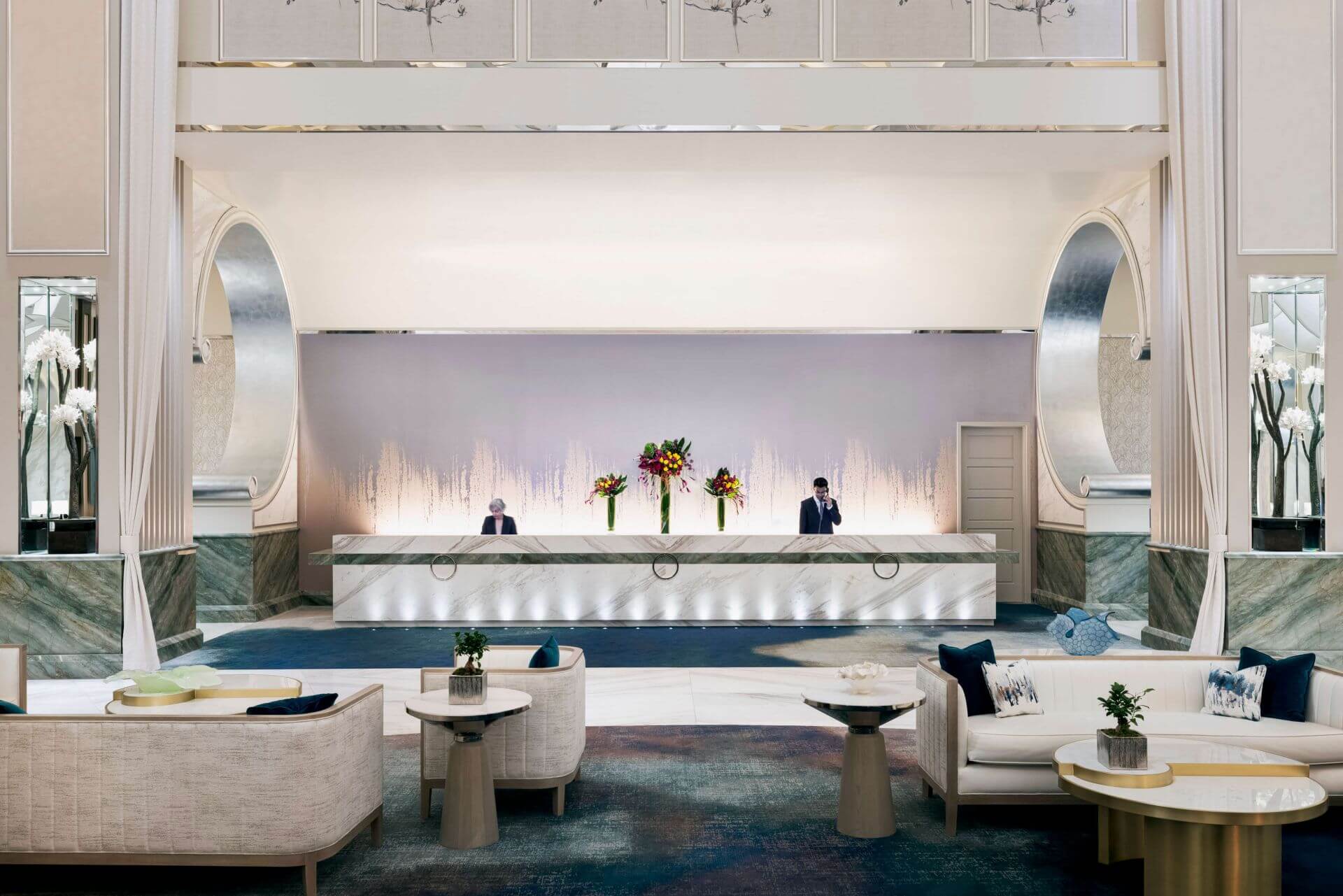ThinkFoodGroup Partners with SevenRooms
by David Klemt

Reservation and guest engagement and retention platform SevenRooms and ThinkFoodGroup announce their new partnership today.
This announcement marks at least the third high-profile partnership involving SevenRooms.
One partnership from earlier this year is with online ordering platform Olo. Another is between SevenRooms and TheFork.
As is normally the case when it comes to SevenRooms partnerships, the relationship will be collaborative.
ThinkFoodGroup be onboarding the restaurants in their portfolio onto the platform. This maneuver will deliver several benefits through the full SevenRooms suite:
- Reservation, waitlist and table management
- Marketing automation
- Online ordering capability
- Rating aggregation
Additionally, ThinkFoodGroup will be joining SevenRooms in an advisory role. The platform will benefit from the expertise of Chef José Andrés and the ThinkFoodGroup team.
In short, ThinkFoodGroup will gain valuable insight into their guests throughout their entire portfolio. SevenRooms will gain valuable insights they can use to improve their platform and better serve the hospitality industry.
Interestingly, ThinkFoodGroup appears to have been using SevenRooms prior to this newly announced partnership. The platform is already in use at:
- The Bazaar by José Andrés at the SLS South Beach
- Bazaar Meat by José Andrés at The Sahara Las Vegas
- China Chilcano in Washington, D.C.
- China Poblano at The Cosmopolitan of Las Vegas
- é by José Andrés at The Cosmopolitan of Las Vegas
- Jaleo at The Cosmopolitan of Las Vegas
From Joel Montaniel, CEO and founder of SevenRooms:
“With the hospitality industry returning to full-speed, it’s more important than ever for operators to prioritize technology platforms that are hyper-focused on helping restaurants thrive. We’re thrilled to welcome the ThinkFoodGroup team to our SevenRooms family, helping them build upon their incredible guest experiences across their properties. Most importantly, we look forward to learning from José and his team’s incredible expertise and unique perspective. Supporting and advocating for the hospitality industry has always been at the core of our business. There is so much work for us to do as the industry recovers, and we look forward to walking in lockstep with José and his team to build back better.”
From Chef José Andrés, CEO, co-founder and executive chairman of ThinkFoodGroup:
“Providing outstanding experiences for our guests has always been a priority. In light of the challenges brought on by COVID, we realized just how important it was to have a partner who can help us bring them to life in a seamless way. I am excited to bring SevenRooms into our restaurants globally, and for ThinkFoodGroup to also join the company as an industry advisor.”
From Sam Bakhshandehpour, President of ThinkFoodGroup:
“Pushing the limits of what’s expected in hospitality is at the core of our business. SevenRooms is completely transforming the restaurant technology platform, and we’re thrilled to partner with a like-minded company who thinks progressively and has the cutting-edge technology to challenge the status quo. Together, we will collaborate on building solutions that put operators’ success at the forefront.”
This year’s SevenRooms partnerships, announcement of a new CFO, and innovations (such as their Direct Delivery module), show the platform’s commitment to improvement and supporting the industry.
When operators are selecting the platforms to include in their tech stacks, ease of use and integration, along with growth, should be among their considerations. So, too, should be industry advocacy.
SevenRooms continues to prove that they deserve top marks for each of those crucial elements.
Image: SevenRooms
Quotes provided by SevenRooms via press release

